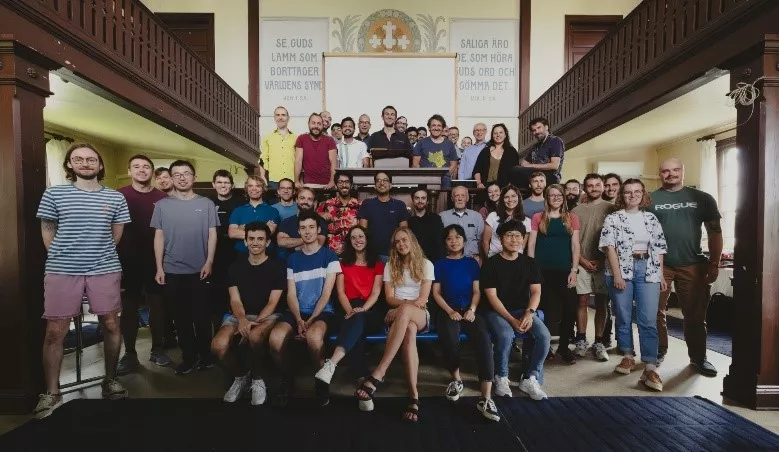The conference, organized by Lund University and supported by the Wallenberg Centre for Quantum Technology, the Wenner-Gren Foundation, and the Längmanska Kulturfonden, brought together 46 researchers from nine countries. This event continues the 2022 conference "Quantum Confessions" which garnered significant attention and acclaim.
Mehedeby, often passed by motorists who only notice the nearby cartoonish Chinese tower, is largely unknown. Yet, it holds a unique piece of Sweden's religious and cultural heritage: the Free Church of Mehedeby. Built in 1898, this church was part of a broader movement of independent, democratic religious communities known as "frikyrkor" (Free Churches), which emerged in Sweden in response to the rise of religious freedom and literacy in the 19th century.
Despite the decline of Christianity in Sweden and the subsequent repurposing or demolition of many such churches, the Free Church of Mehedeby has endured. In 2008, it was purchased by Arne Ruth, former chief editor of Sweden’s largest daily newspaper, and has since been transformed into a secular "home of the written and spoken word," housing over 30,000 books and 100 historical radio sets. The idea to host an international physics conference in this historic venue was born in 2017 when the ownership expanded to include the family of Lund researcher Armin Tavakoli.
The Quantum Redemption conference aimed to offer scientists a unique environment to discuss fundamental quantum research, while also advocating for the preservation of the historic church and drawing attention to this obscure part of the Swedish countryside. The topics of discussion were as profound as the setting, covering quantum measurements on multiple particles, entanglement, optimization theory, quantum communication, and the distinct nature of quantum theory.
Participants were struck by the unorthodox venue, which provided a refreshing backdrop for intellectual exchange. Some researchers who had previously confessed their "quantum sins" during the 2022 conference shared their paths to redemption, weaving cultural references into their scientific presentations.
The event caught the attention of a regional newspaper, Arbetarbladet, which published a feature in its culture section titled "They study a yet inexplicable force in the house of God." The article explored the journalist's reflections on the potential impact of quantum technology on the future, concluding with the thought-provoking line: "In any case, it appears that we actually will do it, whatever it is."
As Quantum Redemption concludes, it leaves behind not only a wealth of scientific insights but also a renewed appreciation for the intersection of history, culture, and cutting-edge research in this small Swedish village.




